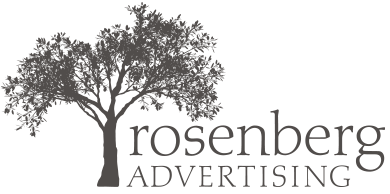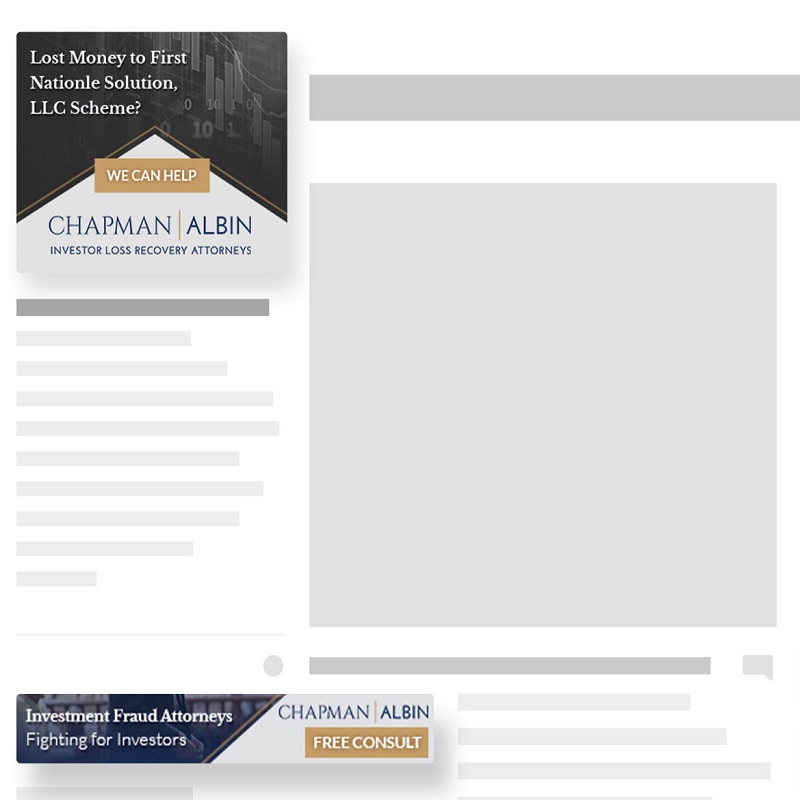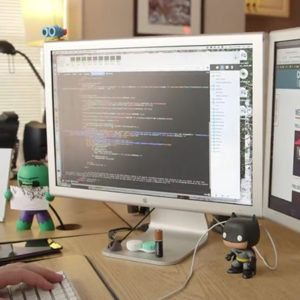We apologize if you came here thinking you’d get a cut and dry, exact dollar amount answer to this question (that would be a pretty short and boring blog post, wouldn’t it?). When it comes to paid search, even more so than other forms of advertising, the answer regarding cost is, “It just depends.”
With Google Ads paid search, also known as PPC (pay per click), you only pay when someone searches for a keyword you’ve bid on, sees your ad and clicks on it. This makes it a highly cost-effective form of online advertising, but it means that the cost is based on demand, which can go up or down on any given day, hour or even minute.
The costs of paid search are dependent on many factors:
CPC
A keyword is a word or string of words that a user types into a search engine. In the Google Ads platform, you can bid on keywords, telling the platform “these are the terms I want my ad to show for.” The CPC (cost per click) of the keywords you select can vary from just a few cents to upwards of $100, depending on how many people are searching for that term and how many other advertisers are competing for it and driving the cost up. Typically, keywords are more expensive in competitive industries with a high purchase price (for retail businesses) or a high lifetime customer value (for service-based businesses). For example, keywords relating to financial services or higher education tend to be extremely expensive while keywords relating to things like coffee shops or convenience stores tend to be lower.
How broad your keywords are also plays into the CPC. For example, if you bid on the term “lawyer,” that’s a lot more general and costly than “bankruptcy lawyer in lakewood, ohio.” In general, the more specific you are with your strategy (as long as there are people searching for the terms you’re bidding on), the better and more cost-effective it will be.
Maximum CPC
The Google Ads platform allows you to set a maximum CPC for the keywords you select. Though you will typically have to bid more to show up in a higher ad slot, you can tell Google “this is the maximum dollar amount I’m willing to pay for a click on this keyword.”
Quality Score
Google Ads assigns each keyword a Quality Score based on ad copy, click through rate, landing page relevance, bid, etc. You must set a higher bid on keywords with an otherwise low Quality Score to drive up the Ad Rank. If you have a decent Quality Score based on non-monetary factors, you may not have to bid as much to trigger your ad for that particular keyword.
Targeting
Google Ads allows you to set targeting options, such as geographical location, device, age, gender, income bracket, etc., in order to narrow the audience eligible to see your ads. You can be hyper-specific, which will limit the number of people who are eligible to see your ad, thereby limiting the costs, or you can do the opposite, throwing your net as wide and as far as possible and spending a lot more in the process. Both approaches have their time and their place, depending on overall budget, intent of the campaign and other factors.
Your Overall Budget
In the Google Ads platform, you set a daily budget for how much, on average, you are willing to spend each day on a given campaign. The amount you spend each day may fluctuate above or below your daily budget based on demand, but over the course of a month, Google will never charge you more than your daily budget times the average number of days in a month (30.4).
So basically, the real answer to the question is: “a well-built, strategy-driven, properly managed paid search campaign should cost as little as is required to accomplish the goals you’ve set.”




